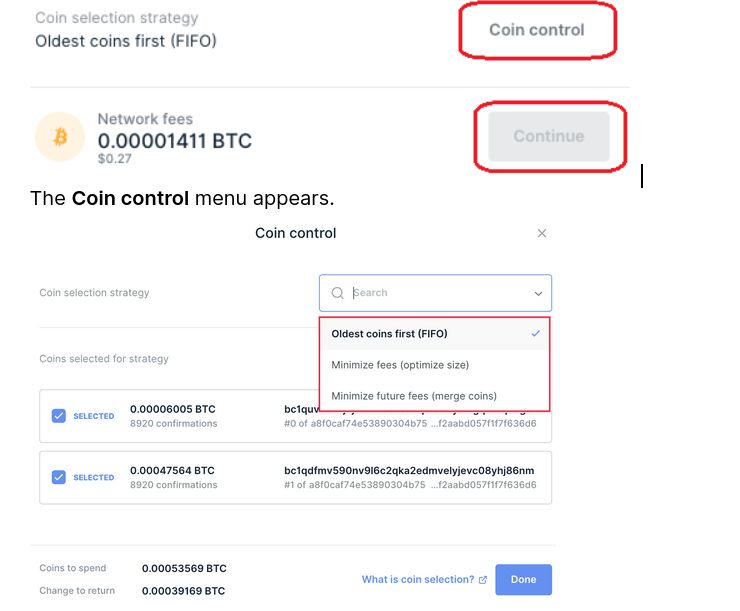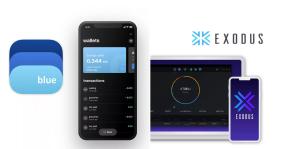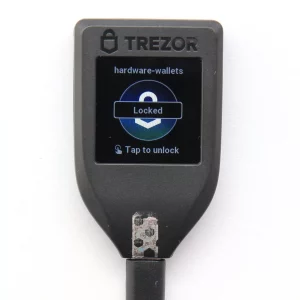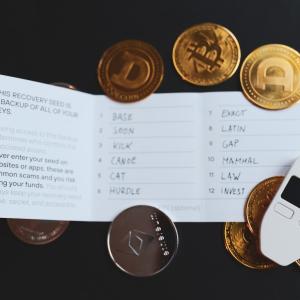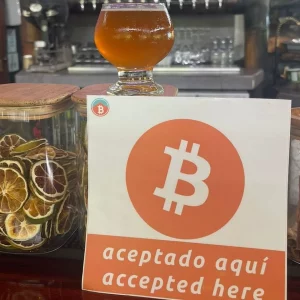As a seasoned Bitcoin enthusiast, I’ve come to appreciate the various tools and features that enhance the user experience and provide greater control over transactions. One such feature is Coin Control. I’m excited to share my personal knowledge and experience on the often-overlooked topic of Coin Control. I’ve always valued having an extra layer of control over my transactions.
In this article, we’ll explore what it is, how to use it, its benefits, and even provide a list of compatible wallets. By the end of this piece, you’ll have a solid understanding of Coin Control and be able to make an informed decision about whether it’s right for you.
Imagine your Bitcoin wallet as a physical wallet filled with various denominations of bills. Coin control grants you the ability to pick the exact bills you want to use for a purchase, instead of the wallet randomly selecting them. In the world of Bitcoin, these bills are called Unspent Transaction Outputs (UTXOs). Each time you receive Bitcoin, a new UTXO is created. With coin control, you choose which UTXOs to spend in a transaction.
What is Coin Control?
Coin Control is a technique used in Bitcoin to manage and optimize the selection of UTXOs (Unspent Transaction Outputs) when creating a new transaction in a Bitcoin wallet. In simpler terms, it allows you to manually choose which specific coins (or UTXOs) you want to spend when making a transaction. This level of control is not typically available in traditional fiat currencies, where you usually don’t care which specific bills or coins you receive as change. This can be particularly useful for managing transaction fees, optimizing privacy, and ensuring that you maintain control over your Bitcoin holdings.
In simple terms, Unspent Transaction Outputs (UTXOs) are like the leftover change you get after making a purchase. When you use Bitcoin, you don’t spend individual bitcoins, but rather portions of your balance that are grouped into chunks called UTXOs. Each UTXO represents a specific amount of bitcoin that hasn’t been spent yet. When you make a transaction, you use some of these UTXOs, and any leftover amount becomes new UTXOs, just like getting change back after paying with cash.
To understand the significance of Coin Control, let’s take a step back and look at how Bitcoin transactions work. When you make a transaction, your wallet typically selects the necessary UTXOs to fulfill the transaction amount. This selection is usually done automatically by the wallet, without giving you much control over the process.
However, with Coin Control, you can manually select which UTXOs to use, allowing you to optimize your transaction in various ways. This might seem like a minor detail, but as we’ll explore later, it can have significant implications for your privacy, security, and even the fees you pay.
How to Use Coin Control
Using Coin Control requires a compatible wallet that supports this feature. Once you have such a wallet, the process typically involves the following steps:
- Accessing Coin Control features: Not all wallets support Coin Control, so the first step is to ensure your wallet has this feature. Once confirmed, access the Coin Control panel, usually found in the advanced settings or options menu of your wallet.
- Select the coins you want to spend: Identify the specific UTXOs you want to use for your transaction. This might involve sorting your UTXOs by age, size, or other criteria by checking the corresponding boxes.
- Create a new transaction: Use your wallet to create a new transaction, specifying the recipient’s address and the amount you want to send.
- Choose the UTXOs: Select the specific UTXOs you want to use to fulfill the transaction amount. Your wallet will then use these UTXOs to create the transaction.
- Verify and broadcast the transaction: Review the transaction details, including the selected UTXOs, and broadcast it to the Bitcoin network.
Benefits of Coin Control
So, why would you want to use Coin Control? Here are some of the key benefits:
- Improved privacy: By selectively choosing which UTXOs to use, you can reduce the likelihood of linking multiple transactions together. Bitcoin transactions can be traced on the blockchain. Coin Control makes it harder for others to track your spending patterns and wallet balance and improve your overall Bitcoin privacy.
- Better security: Coin Control allows you to avoid using “hot” UTXOs that may be associated with risky or suspicious activity, reducing the risk of your funds being frozen or seized. Moreover, it can help prevent a dust attack, which involves sending tiny amounts of Bitcoin to a wallet to track or de-anonymize the user. With Coin Control, you can easily avoid spending these small, unwanted UTXOs, thereby mitigating the impact of such attacks.
- Increased flexibility and fund management: Coin Control gives you precise control over which funds to spend. This is particularly useful for those who have multiple sources of Bitcoin income or want to keep certain UTXOs unspent for strategic reasons. If you have a lot of small UTXOs, they can start to clutter up your wallet and make transactions more expensive. Coin control allows you to strategically spend these smaller UTXOs to keep your wallet clean. In addition, Coin control allows you to spend older UTXOs first (First-In-First-Out or FIFO), preventing them from becoming dormant and potentially unusable due to rising transaction fees.
- Improved fungibility: Ideally, all Bitcoins are equal. However, some Bitcoin exchanges might treat coins from certain sources (e.g., mining rewards vs. exchange purchases) differently. With coin control, you can choose which UTXOs to spend, potentially avoiding any such discrimination.
- Optimized fees: Bitcoin transaction fees are based on the size of your transaction data. The total size of the transaction data can be minimized by using fewer UTXOs. Smaller UTXOs often carry higher fees relative to their value. By strategically combining larger UTXOs, you can potentially minimize the overall transaction size and fee.
List of Coin Control Wallets
While not all wallets support Coin Control, here are some popular ones that do:
- BlueWallet (mobile & desktop)
- Electrum (mobile & desktop)
- Green Wallet (desktop & mobile)
- Bitcoin Core (desktop)
- Armory (desktop)
- Sparrow Wallet (desktop)
- Wasabi Wallet (desktop)
- Mycelium (mobile)
- Trezor (hardware)
- Ledger (hardware)
Is Coin Control Good for You?
Coin Control is a powerful tool, but it’s not for everyone. If you’re a casual Bitcoin user, you might not need the level of control it provides. Coin control adds a layer of complexity to transactions. Therefore, if you’re a casual user who prioritizes simplicity, it might be unnecessary. However, if you’re an advanced user, a merchant, or someone who values Bitcoin security and privacy, Coin Control can be a valuable addition to your Bitcoin toolkit.
Before deciding whether Coin Control is right for you, consider the following questions: Do you value privacy and security? Do you want more control over your transactions? Are you comfortable using advanced wallet features? If you answered yes to these questions, Coin Control might be a natural fit for you.
In conclusion, Coin Control is a powerful technique that can help you manage your Bitcoin UTXOs more effectively, improving your privacy, security, and overall control over your transactions. While it might not be for everyone, those who value advanced features and flexibility will find Coin Control to be a valuable addition to their Bitcoin experience.
Familiarize yourself with your chosen wallet’s coin control features before diving in, and consider the trade-off between control and convenience, nderstand how it works and how it can impact your transactions. There’s a bit of a learning curve, but for those who take the time to learn it, Coin Control can be a valuable Bitcoin wallet feature.

